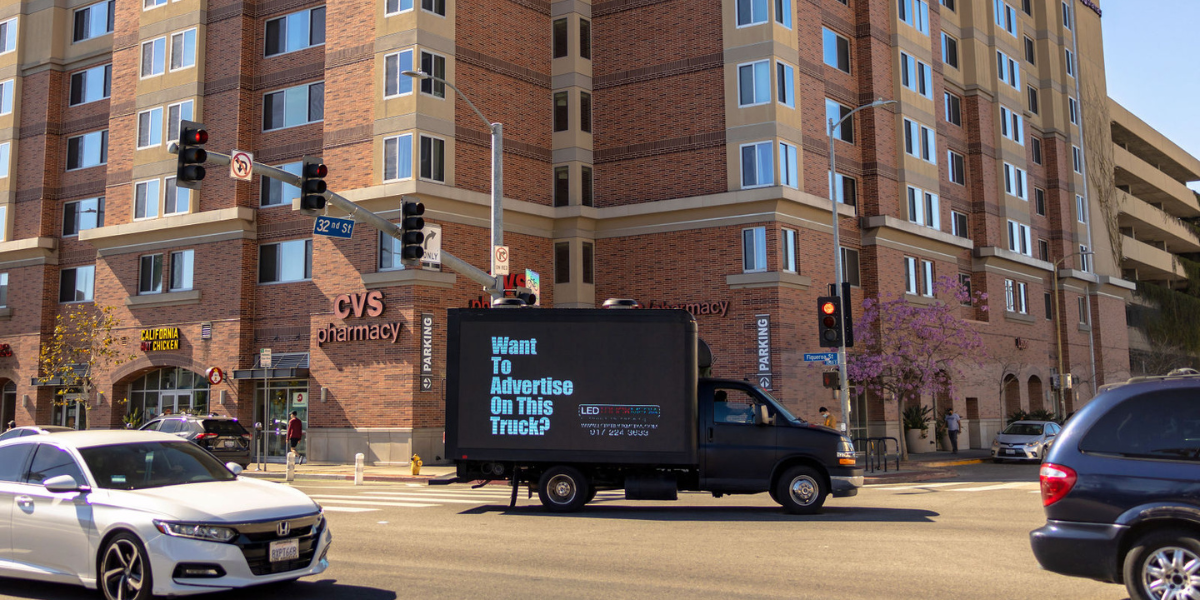In a world where digital screens and online ads dominate, mobile billboards offer a refreshingly effective, real-world advertising strategy. Mounted on vehicles—ranging from trucks to bicycles—these moving displays bring marketing messages directly to the streets, capturing attention in places where static billboards or online ads simply can't reach.
What Are Mobile Billboards?
Mobile billboards are large-scale advertisements displayed on vehicles that travel along predetermined routes or park in high-traffic areas. Unlike traditional stationary billboards, these mobile ads can move through city centers, residential neighborhoods, or event venues, targeting specific demographics with greater precision.
They come in various formats:
- Truck billboards: Large, box-style trucks with billboard panels on the sides.
- Digital mobile billboards: LED screen-equipped vehicles that display dynamic, animated content.
- Bike and scooter billboards: Cost-effective options for localized marketing in dense urban areas.
- Trailer-mounted billboards: Pulled by vehicles, often parked strategically for maximum visibility.
Why Use Mobile Billboards?
1. High Visibility
Because they are on the move, mobile billboards reach thousands of potential customers daily. Their mobility allows them to circulate through traffic jams, park near events, or travel through targeted neighborhoods—ensuring they’re seen by a diverse and broad audience.
2. Cost-Effective
Compared to TV, radio, and online ads, mobile billboards often provide a better return on investment. Many companies see them as a middle ground between digital marketing and traditional outdoor advertising, offering wide exposure without breaking the bank.
3. Targeted Campaigns
Advertisers can choose specific routes and times for their mobile billboards, tailoring exposure to specific geographic areas or customer profiles. This precision is especially valuable for political campaigns, product launches, or local business promotions.
4. Memorable and Hard to Ignore
Unlike pop-ups that can be blocked or skipped, mobile billboards are physically present and eye-catching. They’re designed to stand out in crowded urban environments and are often memorable due to their creative design and unusual presentation.
Use Cases
- Retail & Food Chains: Promoting new store openings or menu items.
- Events & Concerts: Announcing dates and locations.
- Political Campaigns: Taking candidates' messages directly to the public.
- Product Launches: Creating buzz with creative, mobile visuals.
- Real Estate: Advertising homes or new developments in nearby areas.
The Future of Mobile Billboards
With the integration of GPS tracking, analytics, and even real-time ad updates, mobile billboard campaigns are becoming increasingly data-driven. Advertisers can now monitor impressions, track routes, and adjust campaigns mid-run for better performance.
As traditional advertising channels become saturated, the unique blend of mobility, visibility, and customization offered by mobile billboards positions them as a compelling choice for forward-thinking marketers.





Comments